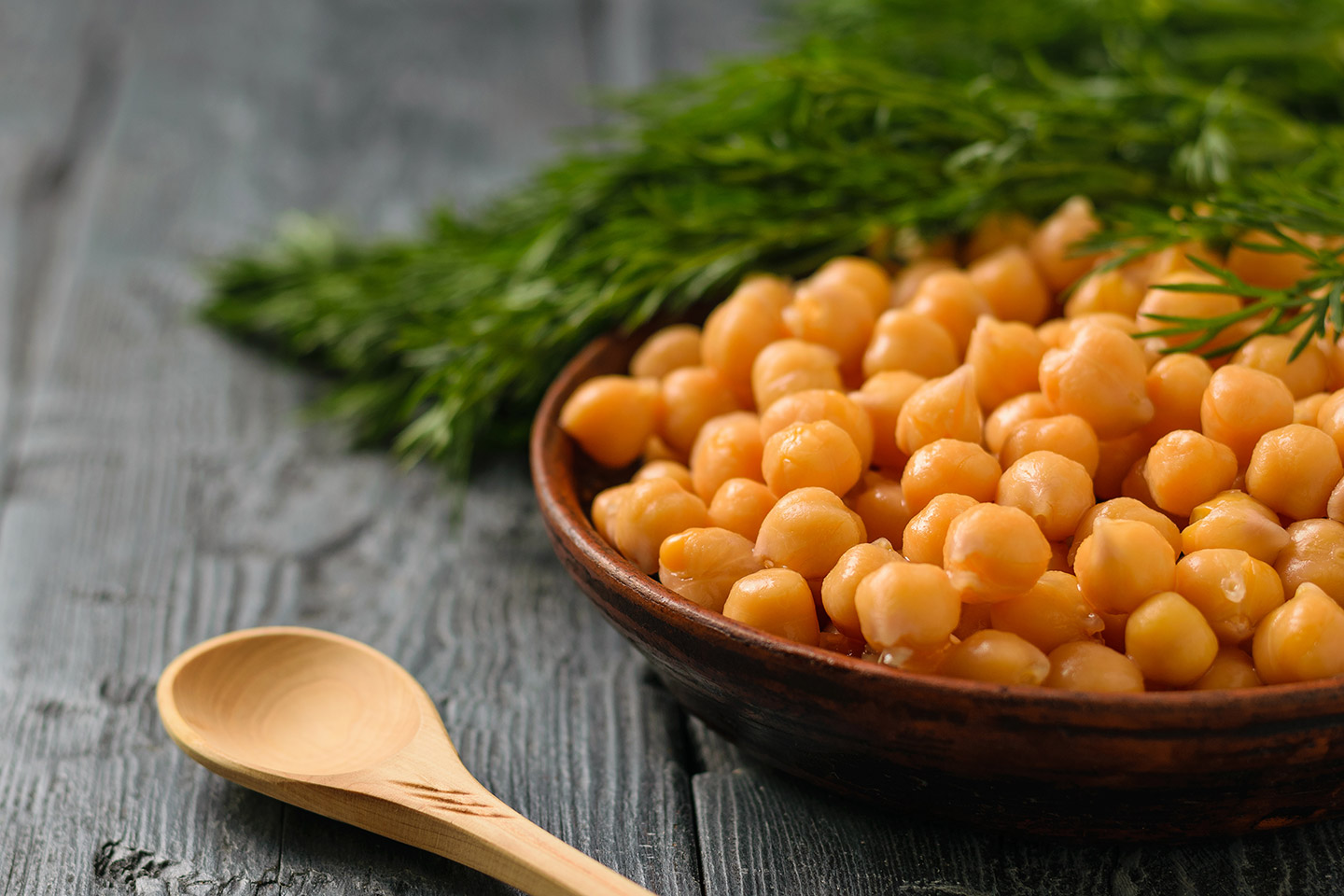Introduction
Did you know that despite their popularity in cuisines worldwide, many home gardeners overlook the incredible potential of growing their own chickpeas? Imagine having a fresh, bountiful supply of these protein-packed legumes right in your backyard. But wait, why should you even consider delving into the world of chickpea cultivation? and How to Grow Chickpeas ?
For starters, let’s address the frustration of heading to the grocery store only to find lackluster chickpeas, sometimes old and often overpriced. Not to mention the concerns about the environmental impact of sourcing produce from distant regions. What if there was a way to bypass these issues entirely, ensuring a sustainable and satisfying supply of chickpeas right at your fingertips?
Here at ALMA J.THIEL , we’ve experienced firsthand the joy and satisfaction to grow chickpeas from seed to harvest. With years of gardening expertise under our belt, we’ve honed our techniques to share with you the secrets of successful chickpea cultivation. Our journey from novice gardeners to seasoned growers has taught us invaluable lessons, and we’re eager to pass on our knowledge to empower you on your own gardening adventure.
Now, let’s dive into our comprehensive guide on how to grow chickpeas from seed to harvest, where we’ll walk you through each step of the process, from soil preparation to post-harvest care. Get ready to transform your garden into a thriving chickpea haven!
Choosing the Right Variety
Before diving into planting, it’s crucial to select the right variety of chickpeas for your region. Consider your climate and soil conditions to determine which type will thrive best. You’ll also need to decide between desi and kabuli chickpeas, each with its own unique characteristics and growing requirements.
Preparing the Soil
Chickpeas prefer well-draining soil with a slightly acidic to neutral pH. Test your soil and amend it accordingly with organic matter to improve its texture and fertility. Proper soil preparation sets the foundation for healthy chickpea growth.
Planting Chickpea Seeds
Timing is essential when planting and grow chickpeas. Sow seeds directly into the ground after the last frost date when soil temperatures have warmed up. Ensure proper seed spacing and depth to promote robust root development and prevent overcrowding.
Watering and Maintenance
Consistent moisture is key to successful chickpea cultivation, especially during flowering and pod development. Establish a watering routine to keep the soil evenly moist but not waterlogged. Monitor for pests and diseases, and promptly address any issues that arise.
Support and Trellising
Chickpea plants benefit from support structures to keep them upright as they grow. Various trellising methods, such as stakes or cages, can provide the necessary support while maximizing space efficiency in your garden.
Fertilizing
Although ,grow chickpeas can fix nitrogen from the air, they still benefit from supplemental fertilization, especially in nutrient-deficient soils. Consider incorporating organic amendments or applying a balanced fertilizer to ensure healthy plant growth and high yields.
Weed Control
Weeds compete with chickpeas for nutrients and water, so it’s essential to keep them in check. Implement strategies such as mulching to suppress weed growth and minimize the need for manual weeding, which can disturb fragile chickpea roots.
Monitoring Growth
Regularly monitor your chickpea plants for signs of healthy growth, such as vibrant foliage and vigorous flowering. Be on the lookout for common issues like nutrient deficiencies or pest infestations, and take proactive measures to address them promptly.
Harvesting Chickpeas
Knowing when to harvest chickpeas is critical to achieving optimal flavor and texture. Harvest when the pods are firm and fully developed, but before they begin to dry out or split open. Proper harvesting techniques help preserve the quality of your crop.
Post-Harvest Care
Once harvested, properly clean and store your chickpeas to maintain their freshness and flavor. Consider rotating your crops to prevent soil depletion and improve overall soil health for future plantings.
Conclusion
To Grow chickpeas from seed to harvest can be a rewarding experience for home gardeners. By following these essential tips, you can increase your chances of success and enjoy a bountiful harvest of delicious and nutritious chickpeas.
FAQs
1. How long does it take to grow chickpeas? Chickpeas typically take around 90 to 100 days to reach maturity, depending on the variety and growing conditions.
2. Can I grow chickpeas in containers? Yes, chickpeas can be grown in containers as long as they have sufficient space for root development and receive adequate sunlight and water.
3. Are chickpeas prone to any specific pests or diseases? Chickpeas may be susceptible to pests such as aphids and diseases like fusarium wilt or ascochyta blight. Proper cultural practices and timely pest management can help mitigate these issues.
4. Can I save seeds from my harvested chickpeas? Yes, you can save seeds from mature chickpea pods for planting in subsequent growing seasons. Ensure the seeds are fully dry before storing them in a cool, dry place.
5. Is it possible to grow chickpeas indoors? While chickpeas prefer outdoor growing conditions, they can be grown indoors in containers with adequate sunlight and proper care. Consider dwarf or bush varieties for indoor cultivation.



